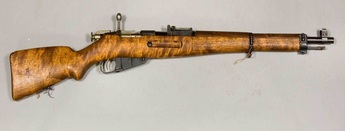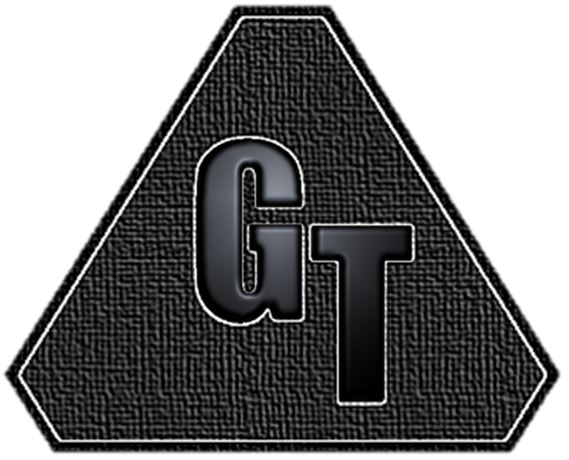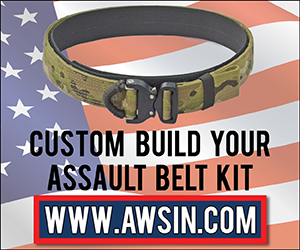Common Variants of the Mosin-Nagant
There are dozens of variations of the Mosin-Nagant rifle with manufacturing spread over at least half a dozen countries, but only a few models are often encountered by the average shooter. Gun vendors don't always know the difference, so here's a quick guide with the important facts. See this Mosin-Nagant buying guide for more information, such as hex vs round receivers and laminated wood vs regular wood.

The M1891/30 or 91/30 is the most common Mosin-Nagant. This model has a barrel about 28 inches long, a straight-grip stock, and a lousy trigger. The bayonet is a spike bayonet that attaches to the front sight base. Most stocks are birch finished with shellac, although some laminated wood stocks are available. Hex and round receivers are both available.
The 91/30 was Russia's primary infantry rifle during WWII, so many will have corroded bores and rough finishes from poor maintenance and hasty manufacturing.
The 91/30 was Russia's primary infantry rifle during WWII, so many will have corroded bores and rough finishes from poor maintenance and hasty manufacturing.

The M38 is a carbine variant of the 91/30 and was not intended for general infantry issue. The M38 has a 20 inch barrel and no mount for a bayonet, but is otherwise similar to the 91/30. Laminate stocks, round and hex receivers, and bores of all conditions can be found.

The M44 carbine improved the M38 carbine with a folding, permanently attached bayonet. Troops liked the shorter, handier M38 but the lack of a bayonet proved fatal for the Soviets during several urban encounters, and the M38 was scrapped in favor of the M44. Laminate stocks, round and hex receivers, and bores of all conditions can be found.
Production of the M44 continued for a short time after WWII, so some M44s can be found essentially new-in-box. However, these pristine rifles have not been seen on the market for years.
Production of the M44 continued for a short time after WWII, so some M44s can be found essentially new-in-box. However, these pristine rifles have not been seen on the market for years.

The M39 is the most common Finnish Mosin-Nagant on the market, and the most useful to the average shooter (most other Finnish Mosin-Nagants are chambered in 7.62x53R, not 7.62x54R). Like all Finnish rifles, the M39s started life as Russian Mosin-Nagants, but a new stock, barrel, trigger, and sights were carefully designed, manufactured, and fitted by the Finns, resulting in arguably the most accurate Mosin-Nagant readily available. Bores are usually in exceptional condition, as the Finns trained their soldiers with as much care as they made their rifles.

The Chinese Type 53 is copy of the Russian M44 carbine. Russia wanted to support their communist allies (like China), but wasn't quite willing to share their high-tech (at the time) SKS and AK-47 rifles. Instead, they supplied the tooling and resources to make the M44, and the Chinese Type 54 was born. Type 54 stocks are made from qiu wood (catalpa bungei), pronounced "chu" wood, a Chinese hardwood that is unusually resistant to warping and rotting (although decades of poor storage mean many Type 53s do in fact arrive with rotted stocks). Other than the wood of the stock, Type 53s are largely identical to Russian M44s, although no hex receivers or laminate stocks are available. Bores range from corroded to pristine.
|
|
|
Photos used under Creative Commons from Antique Military Rifles


